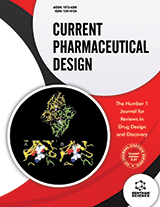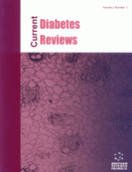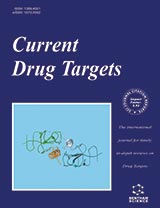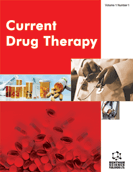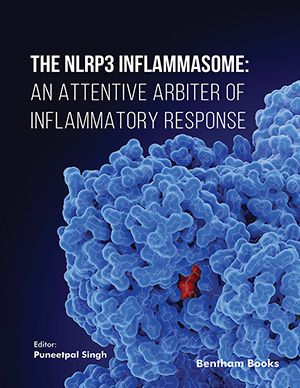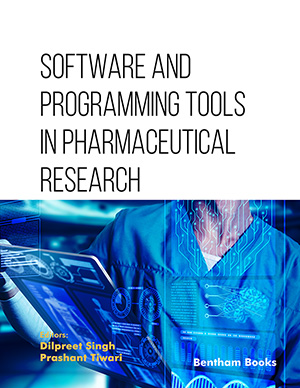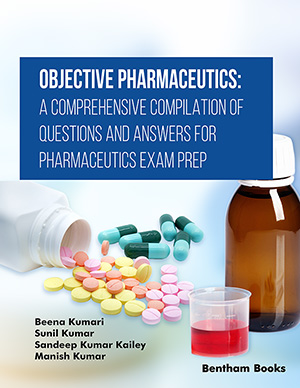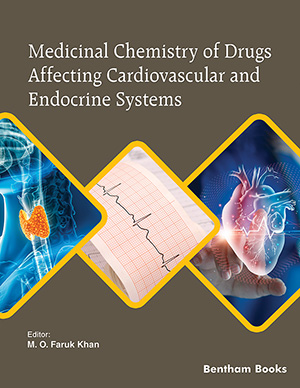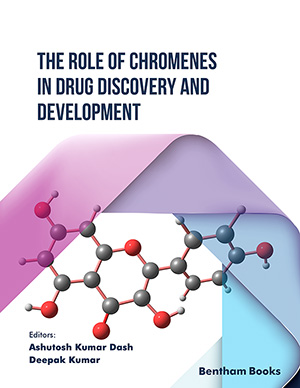Abstract
Vaccination has become one of the most promising immunotherapeutic approaches in the prevention and treatment of Alzheimer’s disease (AD) and related neuropathological hallmarks. Numerous immunotherapeutic interventions have attempted to achieve adaptive immunity against A with a range of different antigenic designs and immunomodulatory strategies, most of them with great success in AD mouse model studies. Most of these studies have shown that both active and passive immunization can drastically reduce amyloid deposition and prevent the decline in cognitive performance. New approved clinical trials are under investigation to test the effectiveness of those different vaccination approaches, although previous data showed modest clinical success with some adverse inflammatory events in immunized elderly patients. The search for new approaches to overcome these severe side effects has led to novel technical methods such as live vector or DNA vaccines, although the use of innovative adjuvants combined with selected amyloid peptides is among the most auspicious. In this review, we compare and discuss the past and contemporary vaccines and the future strategies that may lead to a viable improvement in AD prevention and treatment.
Keywords: Alzheimer’s disease, vaccine, immunotherapy, animal models, neurodegeneration, amyloid-beta plaques.
Current Pharmaceutical Design
Title:Validating Immunotherapy in Alzheimer’s Disease: The EB101 Vaccine
Volume: 22 Issue: 7
Author(s): Ivan Carrera, Lucia Fernandez-Novoa, Gjumrakch Aliev, Carmen Vigo and Ramón Cacabelos
Affiliation:
Keywords: Alzheimer’s disease, vaccine, immunotherapy, animal models, neurodegeneration, amyloid-beta plaques.
Abstract: Vaccination has become one of the most promising immunotherapeutic approaches in the prevention and treatment of Alzheimer’s disease (AD) and related neuropathological hallmarks. Numerous immunotherapeutic interventions have attempted to achieve adaptive immunity against A with a range of different antigenic designs and immunomodulatory strategies, most of them with great success in AD mouse model studies. Most of these studies have shown that both active and passive immunization can drastically reduce amyloid deposition and prevent the decline in cognitive performance. New approved clinical trials are under investigation to test the effectiveness of those different vaccination approaches, although previous data showed modest clinical success with some adverse inflammatory events in immunized elderly patients. The search for new approaches to overcome these severe side effects has led to novel technical methods such as live vector or DNA vaccines, although the use of innovative adjuvants combined with selected amyloid peptides is among the most auspicious. In this review, we compare and discuss the past and contemporary vaccines and the future strategies that may lead to a viable improvement in AD prevention and treatment.
Export Options
About this article
Cite this article as:
Carrera Ivan, Fernandez-Novoa Lucia, Aliev Gjumrakch, Vigo Carmen and Cacabelos Ramón, Validating Immunotherapy in Alzheimer’s Disease: The EB101 Vaccine, Current Pharmaceutical Design 2016; 22 (7) . https://dx.doi.org/10.2174/1381612822666151209152204
| DOI https://dx.doi.org/10.2174/1381612822666151209152204 |
Print ISSN 1381-6128 |
| Publisher Name Bentham Science Publisher |
Online ISSN 1873-4286 |
Call for Papers in Thematic Issues
"Tuberculosis Prevention, Diagnosis and Drug Discovery"
The Nobel Prize-winning discoveries of Mycobacterium tuberculosis and streptomycin have enabled an appropriate diagnosis and an effective treatment of tuberculosis (TB). Since then, many newer diagnosis methods and drugs have been saving millions of lives. Despite advances in the past, TB is still a leading cause of infectious disease mortality ...read more
Blood-based biomarkers in large-scale screening for neurodegenerative diseases
Disease biomarkers are necessary tools that can be employ in several clinical context of use (COU), ranging from the (early) diagnosis, prognosis, prediction, to monitor of disease state and/or drug efficacy. Regarding neurodegenerative diseases, in particular Alzheimer’s disease (AD), a battery of well-validated biomarkers are available, such as cerebrospinal fluid ...read more
Current Pharmaceutical challenges in the treatment and diagnosis of neurological dysfunctions
Neurological dysfunctions (MND, ALS, MS, PD, AD, HD, ALS, Autism, OCD etc..) present significant challenges in both diagnosis and treatment, often necessitating innovative approaches and therapeutic interventions. This thematic issue aims to explore the current pharmaceutical landscape surrounding neurological disorders, shedding light on the challenges faced by researchers, clinicians, and ...read more
Diabetes mellitus: advances in diagnosis and treatment driving by precision medicine
Diabetes mellitus (DM) is a chronic degenerative metabolic disease with ever increasing prevalence worldwide which is now an epidemic disease affecting 500 million people worldwide. Insufficient insulin secretion from pancreatic β cells unable to maintain blood glucose homeostasis is the main feature of this disease. Multifactorial and complex nature of ...read more
 38
38 5
5
- Author Guidelines
- Graphical Abstracts
- Fabricating and Stating False Information
- Research Misconduct
- Post Publication Discussions and Corrections
- Publishing Ethics and Rectitude
- Increase Visibility of Your Article
- Archiving Policies
- Peer Review Workflow
- Order Your Article Before Print
- Promote Your Article
- Manuscript Transfer Facility
- Editorial Policies
- Allegations from Whistleblowers
- Announcements
Related Articles
-
N-Methyl-D-Aspartate (NMDA)-Type Glutamate Receptors and Demyelinating
Disorders: A Neuroimmune Perspective
Mini-Reviews in Medicinal Chemistry Perspectives of Medieval Persian Medicine on Multiple Sclerosis
Current Drug Metabolism True or False? Activations of Language-related Areas in Patients with Disorders of Consciousness
Current Pharmaceutical Design Mycoplasma pneumoniae – A National Public Health Perspective
Current Pediatric Reviews A Hantavirus Pulmonary Syndrome (HPS) DNA Vaccine Delivered Using a Spring-powered Jet Injector Elicits a Potent Neutralizing Antibody Response in Rabbits and Nonhuman Primates
Current Gene Therapy CCR2 Antagonists
Current Topics in Medicinal Chemistry Recent Achievements in Understanding Immune Recovery of Children Treated with HAART
Current Pediatric Reviews Recent Advances in Antiviral Nucleoside and Nucleotide Therapeutics
Current Topics in Medicinal Chemistry Anti-Inflammatory Drugs in Psychiatry
Inflammation & Allergy - Drug Targets (Discontinued) Alternative Medicine Safety: Agaricus blazei and Propolis
Combinatorial Chemistry & High Throughput Screening Herpes Simplex Encephalitis: From Virus to Therapy
Infectious Disorders - Drug Targets Relation between Apolipoprotein E in Alzheimer’s Disease and SARS-CoV-2 and their Treatment Strategy: A Review
CNS & Neurological Disorders - Drug Targets Withdrawn: Effects of Tofacitinib on Tfr/Tfh Balance and Expression of CXCL13 and TGF-β1 in Experimental Autoimmune Encephalomyelitis Rats
CNS & Neurological Disorders - Drug Targets Virus-Associated Vasculitides: An Update
Current Immunology Reviews (Discontinued) SRLVs: A Genetic Continuum of Lentiviral Species in Sheep and Goats with Cumulative Evidence of Cross Species Transmission
Current HIV Research Using Functional Neuroimaging to Investigate the Mechanisms of Action of Selective Serotonin Reuptake Inhibitors (SSRIs)
Current Pharmaceutical Design Alphavirus Vectors for Gene Therapy Applications
Current Gene Therapy Progenitor Cell Types in HIV-1 Infection: Bioactivity and Emerging Targets for Treatment
Current HIV Research Recent Advances in Marine Algal Anticoagulants
Current Medicinal Chemistry - Cardiovascular & Hematological Agents Hallucinations and Delusions in Children and Adolescents
Current Psychiatry Reviews


